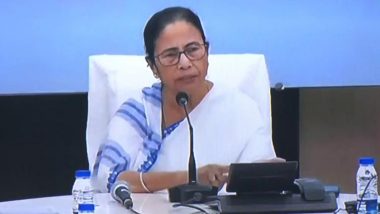New Delhi, Mar 9 (PTI) The groundwater situation as well as the availability of overground water for irrigation have become alarming due to increasing number of dry days during Southwest monsoon, a top Ministry of Earth Sciences official has told a parliamentary panel.
The official testified to the panel that Delhi, Uttar Pradesh, Bihar and West Bengal have been witnessing decreasing number of low-intensity rainfalls which is not favourable for the groundwater recharge and agriculture.
"The situation for agriculture and water recharges in the Ganga basin states of Delhi, Uttar Pradesh, Bihar and West Bengal and some other states in extreme south peninsula is alarming, as the number of dry days during southwest monsoon is significantly increasing.
"The frequency of rainfall of lower intensities (less than 7 centimetres), favourable for soil and ground water recharges, is also decreasing over these regions," MoES Secretary M Rajeevan told the panel.
The parliamentary report was tabled in the Rajya Sabha last week.
Elaborating on the phenomena, Rajeevan told PTI that lower intensity rainfalls not only help soil preserve the moisture but also enable recharge of groundwater table.
Rajeevan said the MoES has prepared a report on 'Observed Rainfall Variability and Changes' to find out recent changes in the rainfall pattern over 28 states and one Union Territory of Jammu and Kashmir.
He added that Bihar, Meghalaya, Nagaland, West Bengal, Uttar Pradesh Arunachal Pradesh and Himachal Pradesh have shown significant decreasing trend in annual rainfall in the last 30 years.
The states of Bihar, Meghalaya, Nagaland, West Bengal, Uttar Pradesh Arunachal Pradesh and Himachal Pradesh have also shown a decrease in southwest monsoon, Rajeevan added.
However, in the district rainfall, significant changes have been noticed for most of the states, it added.
The MoEs also informed the panel that there had been significant changes in the frequency of dry days, rainy days (daily rainfall of 2.5 millimetres or more but less than 7 centimetres) and heavy rainfall events (greater than or equal to 7 centimetres).
(This is an unedited and auto-generated story from Syndicated News feed, LatestLY Staff may not have modified or edited the content body)













 Quickly
Quickly




















